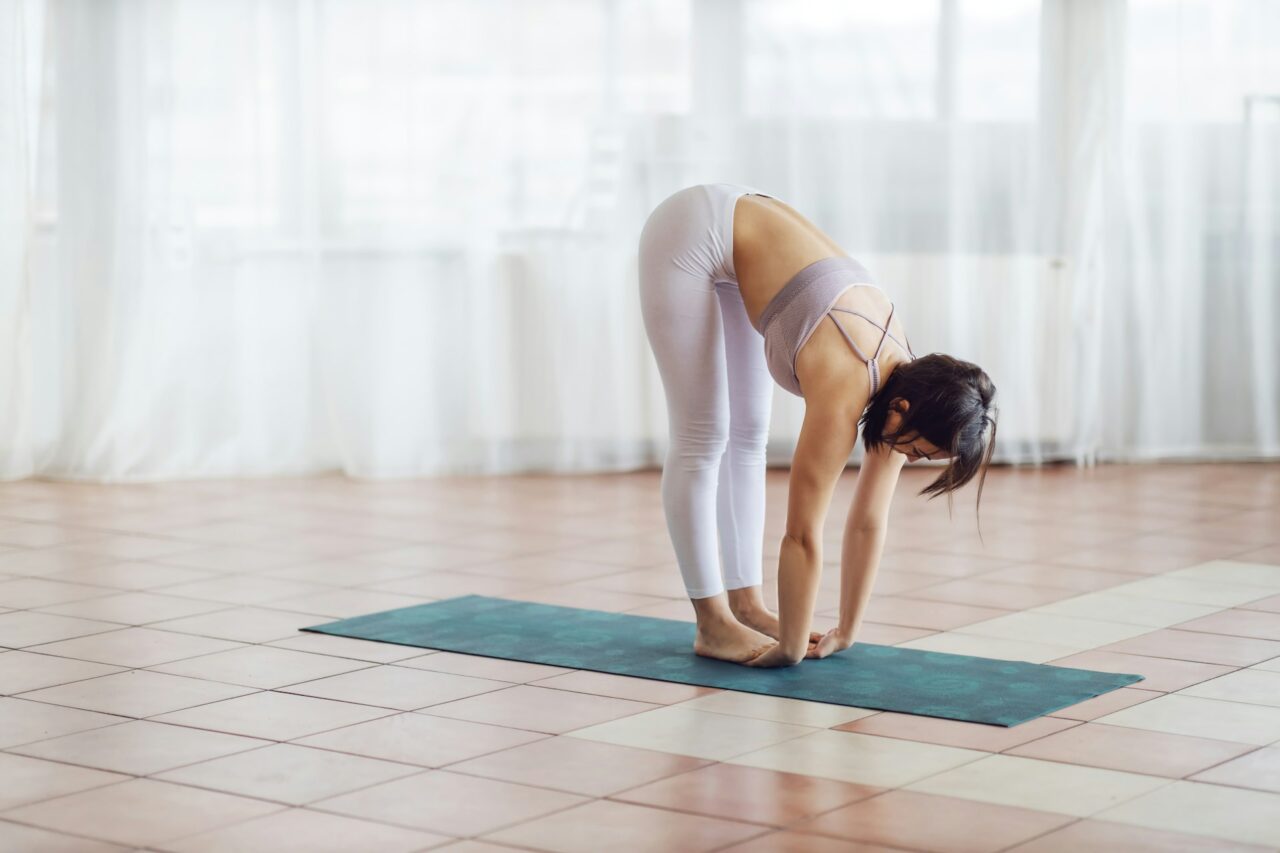Modifications for Difficult Yoga Transitions

Yoga is a wonderful practice that offers both physical and mental benefits. It helps increase flexibility, build strength, and promote relaxation. However, not all yoga poses are easy to master, particularly when it comes to certain transitions. Yoga transitions involve moving smoothly from one pose to another, an area where many practitioners face challenges. These transitions require balance, strength, and focus, which can turn them into a bit of a struggle.
For those attending yoga classes in Quincy, adapting difficult transitions doesn’t just prevent frustration; it enhances your overall experience. Modifying these transitions allows practitioners to progress at their own pace, ensuring they gain the full benefit of each session without straining their bodies. Modifications bridge the gap between where you are and where you want to be in your yoga journey.
Common Difficult Yoga Transitions
In yoga, some transitions can be particularly tough to master. Understanding why these moves are challenging can help you approach them with patience and the right technique.
1. Chaturanga to Upward-Facing Dog: This transition requires a lot of upper body strength and control. The movement from a low plank to an upward stretch demands precision, as improper alignment can lead to discomfort, especially in the shoulders and back.
2. Crow Pose to Chaturanga: Transitioning from the crow pose to chaturanga is another advanced move. It combines balance with strength, requiring core engagement and arm strength to support your body weight as you shift.
3. Warrior III to Half Moon Pose: This transition challenges both balance and focus. As you move from Warrior III, a one-legged pose, into Half Moon Pose, the shift of weight and opening of the hips can be tricky for many.
These transitions are tricky due to the balance and strength they require, but they also highlight the importance of practicing yoga with mindfulness. Many practitioners find themselves rushing through transitions, missing the key elements that make them effective. By modifying these moves, you can refine your technique and avoid potential injury. This approach not only makes yoga more accessible for everyone but also paves the way for skill improvement over time.
Tips for Modifying Difficult Yoga Transitions
Breaking down challenging yoga transitions into manageable steps can help you approach them more confidently. One effective way to modify tricky transitions is to incorporate props. Blocks, straps, and bolsters become extensions of the body, providing the necessary support to ease into difficult movements.
– Use Blocks: Place blocks under your hands during transitions from the floor. This elevates you slightly, making it easier to maintain balance and alignment.
– Straps for Support: When trying to reach your feet in balancing poses, a strap can extend your reach and prevent strain.
– Bolsters for Comfort: Use bolsters to support your body during restorative parts of the practice, especially when transitioning through seated or reclined positions.
Alignment is key during these transitions. Keeping your core engaged and maintaining a steady breath can make a big difference.
Step-by-Step Modifications for Popular Transitions
Let’s look at how you can modify some popular challenging transitions to make them work for you.
1. Chaturanga to Upward-Facing Dog:
– Start in a plank position with your knees on the ground for extra support.
– Lower your chest toward the floor, keeping your elbows close to your body.
– Use the blocks under your hands to help press up into Upward-Facing Dog without straining your lower back.
2. Crow Pose to Chaturanga:
– Enter the crow pose with your knees bent and leaning into your arms.
– Slowly lower your feet back to the ground before transitioning into Chaturanga for better control.
– Practice holding the crow pose separately to build the strength required for a fluid transition.
3. Warrior III to Half Moon Pose:
– Use a block under your supporting hand as you move from Warrior III to Half Moon to help maintain balance.
– Focus on the alignment of your hips, ensuring they stay level as you open up into Half Moon.
– Practice these shifts near a wall for added stability until you gain confidence.
These modifications are more than just helpful tips—they’re building blocks to mastering yoga transitions that feel unlikely at first.
Benefits of Modifying Yoga Transitions
Adjusting poses isn’t just about making things easier; it’s about growing your practice mindfully and safely. By modifying yoga transitions, practitioners can enjoy a host of benefits:
– Reduced Risk of Injury: Ensures that the body doesn’t overstretch or overexert, especially crucial in dynamic movements.
– Improved Confidence: As you become more comfortable with transitions, your confidence in yoga—and in physical activity in general—can grow significantly.
– Enhanced Body Awareness: Tuning into how modifications affect your alignment and balance deepens your understanding of each pose.
For participants in yoga classes in Quincy, these modifications make each session more tailored to individual needs, ensuring progress is both steady and safe. Embracing these changes ultimately allows for a more enjoyable experience, where limitations gradually transform into newfound capabilities. So, let’s keep modifying and finding comfort in every twist and transition.
Embrace the benefits of modified yoga transitions and take your practice to the next level with expert guidance. Discover how our yoga classes in Quincy can enhance your flexibility and strength while ensuring safety and mindfulness in every session. Explore the class offerings at Quincy Athletic Club to find the right fit for your journey. Let us help you achieve your yoga goals, one transition at a time.
